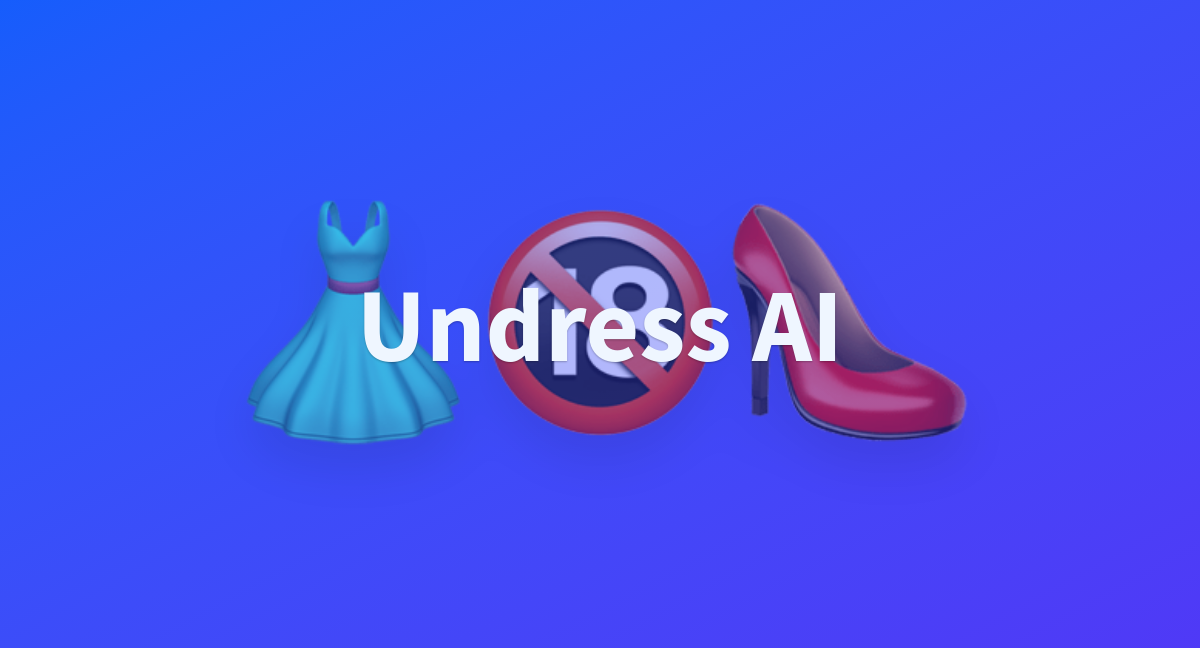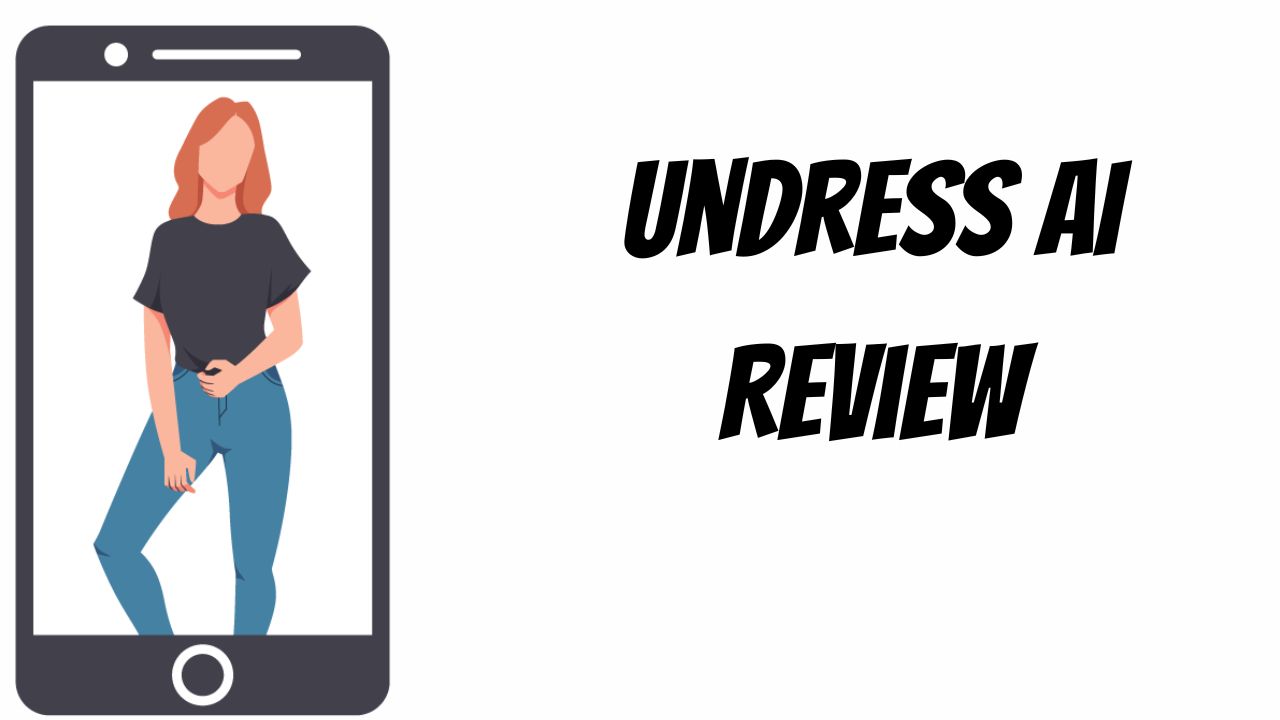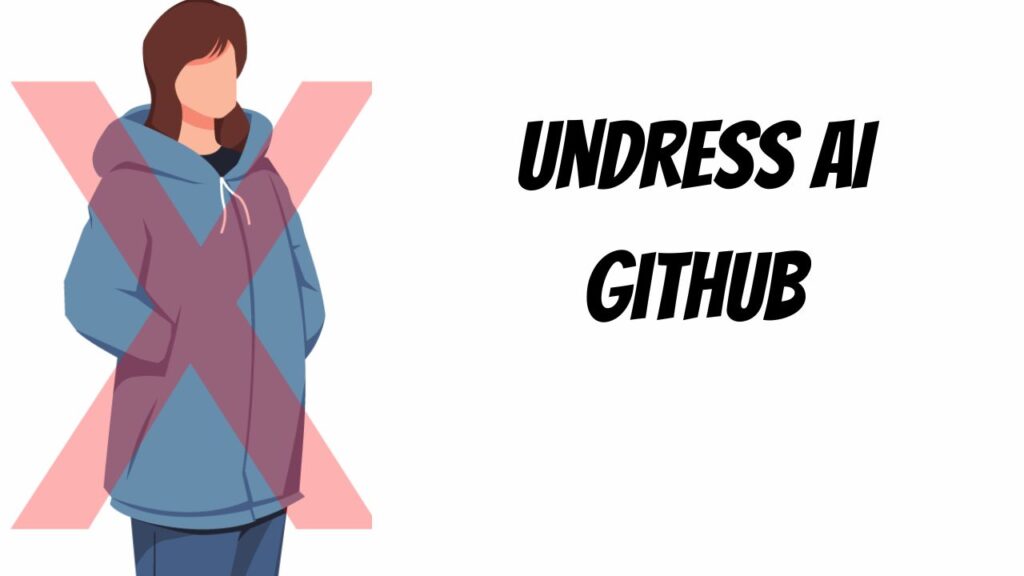Alright, let's dive right into the elephant in the room: AI undresser. Yep, you heard that right. It's a topic that has sparked heated conversations across the globe, and for good reason. This technology, which uses artificial intelligence to digitally remove clothing from images, has become a lightning rod for ethical debates. But before you jump to conclusions, let’s take a closer look at what it really is, how it works, and why it’s causing such a stir.
Now, imagine a world where a piece of software could manipulate images in ways that were once thought impossible. That’s where AI undresser comes into play. It’s not just about technology—it's about the implications it has on privacy, consent, and the future of digital ethics. So, are we ready for this kind of innovation? Or is it a slippery slope we should tread carefully?
In this article, we’ll break down everything you need to know about AI undresser. From its origins to its potential risks, we’ll explore both sides of the coin. Whether you’re a tech enthusiast, a privacy advocate, or simply curious, this deep dive will give you the tools to form your own opinion. So buckle up, because this ride is about to get interesting.
Read also:Movie 4u Your Ultimate Streaming Destination
What Exactly is AI Undresser?
Let’s start with the basics. AI undresser refers to a type of software or algorithm that uses artificial intelligence to digitally manipulate images. Specifically, it can remove clothing from photos, creating altered versions that often look disturbingly realistic. The technology relies on deep learning models, which are trained on vast datasets of images to recognize patterns and reconstruct them in new ways.
But here’s the kicker: this isn’t just some random experiment. AI undresser has gained significant attention because of its potential misuse. While the original intent might have been academic or experimental, the reality is that it can be weaponized to invade people’s privacy and violate their consent.
So, how does it work? Essentially, the software uses neural networks to analyze the structure of an image, identify clothing, and replace it with skin textures. The results can range from mildly convincing to eerily lifelike. And that’s where the ethical red flags start popping up.
Origins of AI Undresser
To understand the controversy surrounding AI undresser, we need to look at its roots. The technology didn’t just appear out of thin air; it’s part of a broader trend in AI research focused on image manipulation. Back in the day, researchers were working on projects like image inpainting, where missing parts of a picture could be reconstructed. Over time, these techniques evolved into more advanced applications, including undressing algorithms.
One of the early pioneers in this field was a group of researchers who developed a model capable of removing objects from images. They weren’t thinking about undressing people—just improving the quality of digital photos. But as the technology progressed, others saw its potential for more… controversial uses.
Fast forward to today, and you’ve got a situation where AI undresser is being used by individuals with questionable intentions. Whether it’s for revenge porn, harassment, or simply pranks, the consequences can be devastating for the victims.
Read also:7 Movierulz 2023 Your Ultimate Guide To Streaming Movies Safely And Legally
The Ethical Debate Surrounding AI Undresser
Now, let’s talk about the elephant in the room: ethics. AI undresser raises some serious questions about how we use technology and who gets to decide its limits. On one hand, proponents argue that it’s just a tool, and like any tool, it can be used for good or bad purposes. On the other hand, critics say that the risks far outweigh the benefits.
Here’s the thing: when you’re dealing with something as personal as someone’s image, consent becomes a huge issue. Without explicit permission, using AI undresser to alter someone’s photo is a violation of their privacy and dignity. And let’s not forget the psychological impact it can have on the victims. Imagine waking up to find a manipulated image of yourself circulating online. Not exactly a fun experience, right?
But the debate doesn’t stop there. There’s also the question of accountability. Who’s responsible when things go wrong? Is it the developers who created the software, the users who misuse it, or the platforms that host it? As you can see, it’s a complex web of issues that doesn’t have a simple solution.
Legal Implications of AI Undresser
Speaking of accountability, let’s talk about the legal side of things. In many countries, using AI undresser to create non-consensual images is considered a crime. For example, in the United States, revenge porn laws make it illegal to distribute intimate images without the subject’s consent. Similar laws exist in other parts of the world, but enforcement can be tricky.
One of the challenges is that AI undresser isn’t inherently illegal. It’s the way it’s used that determines whether it’s legal or not. This creates a gray area that makes it difficult for law enforcement to crack down on offenders. Plus, the anonymity of the internet means that perpetrators can often operate with impunity.
That said, there are efforts underway to address these issues. Some governments are working on new legislation specifically targeting AI-generated content, while others are partnering with tech companies to develop tools that can detect and remove harmful images. But as with any new technology, it’s a race against time to stay ahead of the bad actors.
Key Legal Cases Involving AI Undresser
To give you a better idea of the legal landscape, here are a few notable cases involving AI undresser:
- Case 1: A celebrity’s photo was digitally altered and shared online without her consent. She filed a lawsuit against the person responsible and won, setting a precedent for future cases.
- Case 2: A group of hackers used AI undresser to create fake images of politicians. The incident sparked a nationwide debate about the dangers of deepfake technology.
- Case 3: A social media platform was sued for failing to remove harmful content generated by AI undresser. The case highlighted the need for platforms to take more responsibility for the content they host.
How AI Undresser Works: A Technical Breakdown
For those of you who are tech-savvy, let’s dive into the nitty-gritty of how AI undresser actually works. At its core, the technology relies on a combination of convolutional neural networks (CNNs) and generative adversarial networks (GANs). These models are trained on large datasets of images, learning to recognize patterns and generate realistic outputs.
Here’s a step-by-step breakdown of the process:
- Step 1: The algorithm analyzes the input image, identifying areas covered by clothing.
- Step 2: Using its training data, the model predicts what the skin underneath looks like.
- Step 3: The predicted skin texture is overlaid onto the original image, creating a new version without clothing.
Of course, this is a simplified explanation. In reality, the process involves a lot of fine-tuning and optimization to achieve realistic results. And that’s where the ethical concerns come in. The better the technology gets, the harder it is to distinguish between real and fake images.
Tools and Platforms Used in AI Undresser
There are several tools and platforms that have been associated with AI undresser. Some are legitimate research projects, while others are more questionable. Here are a few examples:
- Tool 1: A popular open-source project that allows users to experiment with image manipulation techniques.
- Tool 2: A commercial platform offering advanced AI features, including undressing algorithms.
- Tool 3: A controversial app that gained notoriety for its ability to create realistic deepfakes.
The Impact of AI Undresser on Society
Now that we’ve covered the technical and legal aspects, let’s talk about the bigger picture. AI undresser has the potential to reshape the way we think about privacy, consent, and digital ethics. On one hand, it could lead to greater awareness of these issues and spur action to protect people’s rights. On the other hand, it could exacerbate existing problems and create new ones.
One of the most significant impacts is on the victims of non-consensual image sharing. These individuals often face harassment, stigma, and even threats to their safety. In some cases, the damage can be irreversible, affecting their personal and professional lives for years to come.
But it’s not just individuals who are affected. Society as a whole is grappling with the implications of AI undresser. How do we balance innovation with responsibility? How do we ensure that technology serves the greater good rather than causing harm? These are questions that will shape the future of AI development.
Case Studies: Real-Life Examples of AI Undresser
To illustrate the impact of AI undresser, here are a few real-life examples:
- Example 1: A journalist’s photo was digitally altered and shared on social media, leading to widespread outrage and calls for action.
- Example 2: A group of students used AI undresser to create fake images of their peers, resulting in disciplinary action from the school.
- Example 3: A company was forced to apologize after its AI tool was used to generate inappropriate content.
Possible Solutions to the AI Undresser Problem
So, what can we do about AI undresser? While there’s no silver bullet, there are several approaches that could help mitigate the risks. Here are a few ideas:
- Regulation: Governments could implement stricter laws to regulate the use of AI undresser and other similar technologies.
- Education: Raising awareness about the dangers of AI undresser could empower individuals to protect themselves and others.
- Technology: Developing tools to detect and remove harmful content could help reduce the spread of non-consensual images.
Of course, these solutions aren’t foolproof. But they represent a starting point for addressing the complex issues surrounding AI undresser. It’s going to take a collaborative effort from governments, tech companies, and individuals to make a real difference.
Conclusion: Where Do We Go From Here?
As we’ve seen, AI undresser is a double-edged sword. On one hand, it represents a fascinating advancement in AI technology. On the other hand, it poses significant risks to privacy, consent, and digital ethics. The challenge is finding a way to harness its potential while minimizing its harm.
So, what can you do? First, stay informed about the latest developments in AI undresser and related technologies. Second, advocate for stronger regulations and better tools to protect people’s rights. And finally, use your voice to raise awareness about the importance of consent and respect in the digital age.
Remember, technology is just a tool. It’s up to us to decide how we use it. So let’s make sure we’re using it wisely. And if you’ve got thoughts or questions about AI undresser, drop a comment below. Let’s keep the conversation going!
Table of Contents


